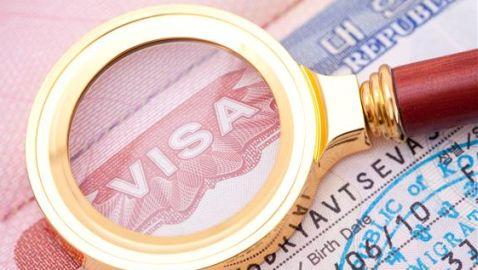Lack of Visas and Employment
Post Views 2Although the nation still has considerably low employment figures and much improvement is needed, there is still a shortage of workers in specific areas and fields, including the field of science, computer technology, and medicine. With the shortage of individuals who have the skills for this type of employment, a number of local companies tend to look out for international workers who have the credentials and can fill the empty position. However, many of these companies are finding that getting the type of documentation needed to bring these individuals into the United States has continued to become more difficult over time.
One partner for Hartner Secrest & Emery LLP, Frank Novak, works with numerous companies to try to help them get through the process of getting work visas for the individuals that they need for employees to take on the available positions. The typical visa that is needed for these kinds of workers is referred to as the H1B, basically given to those who are professionals in specific fields, including the field of science, computers, engineering, and medicine. This kind of visa allows a foreign individual to work in the United States for a total of three years, also enabling them to apply for an extension, which would last for another three years. Novak says that the challenge lies in the action of actually obtaining the visa for these employees. He said, “No matter who you talk to in the employment immigration field, they will tell you the main challenge in the employment immigration field is the H1B quota.”
The government has set a quote, capping the number of visas that can be issued to immigrants each year. There are a total of 65,000 visas issued per year, along with 20,000 exemptions which can be available for foreigners who have a master’s degree of which they earned at a university in the United States. While it seems like this is a lot of visas issued out to individuals, according to Novak, the visas go very fast.
Novak said, “I consider the H1B to really be the backbone when we think about how to bring people into the United States to work, but the quota has made it challenging for many foreign nationals to work here.” He even pointed that for this year, the quota was exhausted by the time the month of June rolled around, leaving thousands of workers stuck without being able to come to the United States due to the quota. Novak said, “If you have a need for some critical talent and it turns out a person from another country who is smart, hardworking and entrepreneurial may want to work for you, there just may not be that option to employ that person.”
Lack of Visas and Employment by Harrison Barnes



 The Economy Under a Trump Presidency
The Economy Under a Trump Presidency